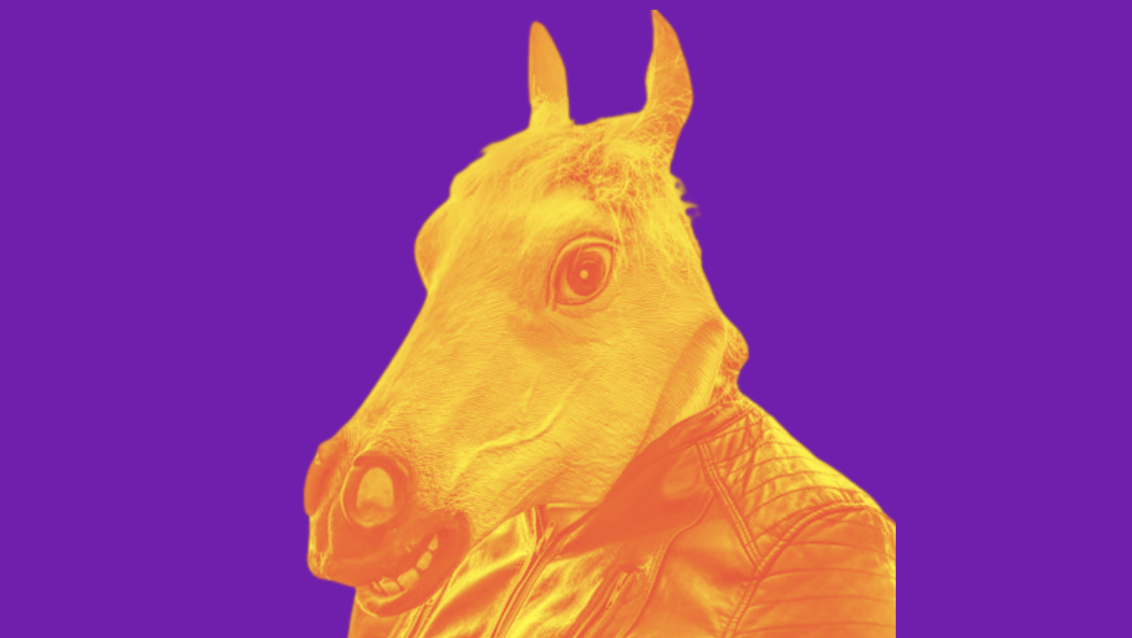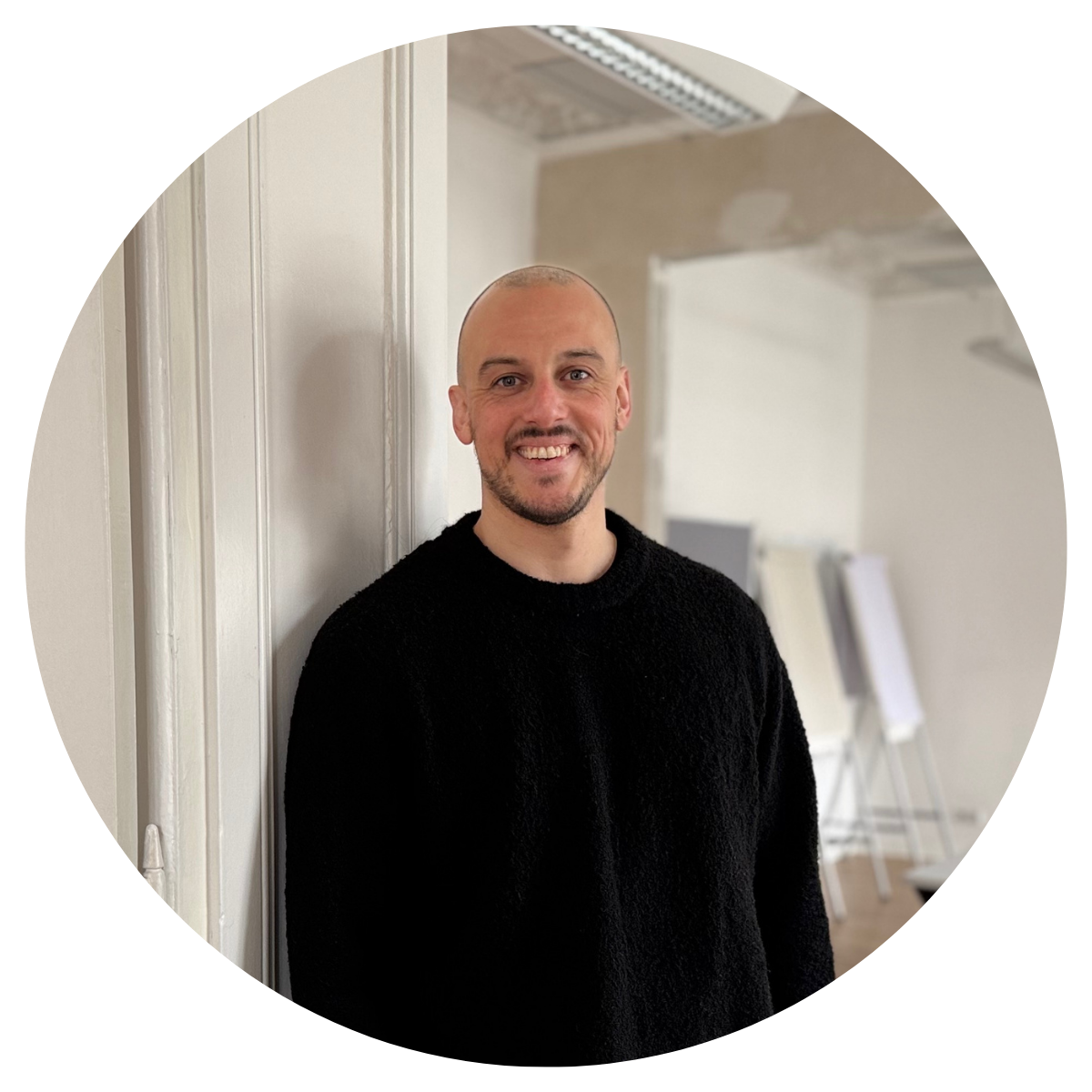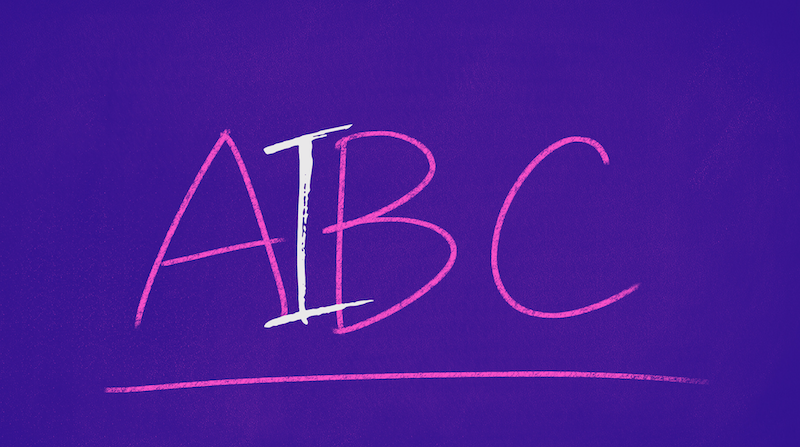Employee diagnostics: What do you care about my personality?

How much “humanity” is good for organizations would be answered very differently by people from different philosophies. On the one hand, there are those who say that we can only do good work if we are allowed to be ourselves in a professional context. With the full range of our characteristics, feelings and needs. This view has become very popular with the New Work movement. In his book “Reinventing Organizations”, Frederic Laloux talks about the principle of “wholeness”: we can only do good work if we can be ourselves and don’t have to spend energy on wearing a professional mask.
Many of the things we see in organizations today are based on this way of thinking. The dress code has been abolished in many industries. Employees bring their dogs to work and, especially in young companies, it is no longer a stigma to cry or talk about fears in the work environment.
At the same time, there are many voices (and my perception is that they are becoming increasingly louder) that say it is important to differentiate between people and members of an organization. In this context, the authors of the book “The Humanization of the Organization” speak of a necessary “barrier” between people and companies that protects both sides. As long as the individual character traits and needs of a person do not clash with the manners and behavior associated with a role in the company, they are none of the employer’s business. In this context, the authors speak of “role expectations”.
The bright side of power
These role expectations raise questions in the face of a fundamentally changing world of work. Examples include the following:
- Should I still expect my boss to be dominant or even choleric?
- Should I expect my colleague from the finance department to be fundamentally pessimistic about new ideas?
- Can I expect an HR colleague to be empathetic and open?
One thing is clear: the values of the next generation and therefore also the expectations of how people work together in companies often differ from those of the baby boomer generation. Whose representatives still hold many important positions in organizations. Especially when it comes to leadership behavior, the ideas diverge.
For a long time, character traits that we would describe as toxic today were beneficial for climbing the corporate ladder. Above-average manifestations of counterproductive behavioral tendencies (self-centeredness, impulsive, strategic manipulation) are still strongly represented among managers today. This is increasingly becoming a problem for companies. Young employees in particular expect their managers not only to set goals and make decisions. But also to motivate, listen and respond empathetically to their needs. According to a LinkedIn study, 41% of employees with up to two years’ work experience would like managers to show more empathy. Among trainees and students, the figure is as high as 60 percent.
More than four colors
However, such soft factors are difficult to read from a CV or documented performance. This is where modern measurement methods based on AI offer new possibilities. AI systems can help HR managers to develop an in-depth understanding of employees’ individual strengths and development potential. Technology makes it possible to take a nuanced look at people and not make hasty judgments. This is important because it should be clear to every HR manager by now that human personality cannot be broken down into four color types. At the same time, the many nuances cannot be captured by an interview or coaching session alone. Especially as all those involved are not free from bias. AI can set new standards here and shine a light on characteristics that have often been overlooked. But are essential for the functioning of an organization.
What does AI measure?
There are different AI models that target different spheres of personality. The goal behind the use of AI systems for HR is basically always the same:
- ensure that the right people fill the right positions,
- prevent people with toxic behaviors from taking on management responsibility,
- check whether the person fits into the corporate culture and,
- promote the ability of teams to work.
In the area of “Learning & Development”, the focus is on characteristics that are accessible for further development. It is important to emphasize that the aim is not to “turn people around” so that they fit into the organization. This is neither possible nor desirable. Rather, the aim is to use the insights gained with the help of AI to strengthen employees so that they can grow in their professional role. For example, the finance colleague who tends to be overly pessimistic learns to consciously adopt a different perspective. Or the HR colleague learns how to be empathetic. Coaching, mentoring and other formats make this possible.
Outlook
There are different views on how much humanity is good for an organization. Whichever perspective you follow, the key ultimately is whether a person’s behavior and the expectations of the role they perform match. It is less important whether it is authentic behavior or a “professional mask” that employees put on at the office door. What is more important is that their actions are rooted in character traits that consider good and productive cooperation to be desirable for the benefit of the organization and its members.
Behavioral expectations and thus also desirable traits are subject to change. To which companies must respond if they want to attract and retain employees of the new generation. The latest AI models make these character traits, which are essential for the functioning of an organization, measurable and presentable. The technology thus enables both each individual employee and the organization as a whole to develop in the best possible way and shape a desirable future.
Prof. Dr. Florian Feltes
Prof. Dr. Florian Feltes is co-founder and co-CEO of zortify and a forerunner in AI-supported HR innovation. Together with his team, he develops intelligent personality diagnostics and helps companies identify the perfect candidates—without expensive assessments and without bias. His vision: a world in which every company can effortlessly form high-performance teams and create work environments that allow human potential to flourish.


AI literacy: These are the key skills for modern HR work

Everyone wants these five colleagues in 2024
